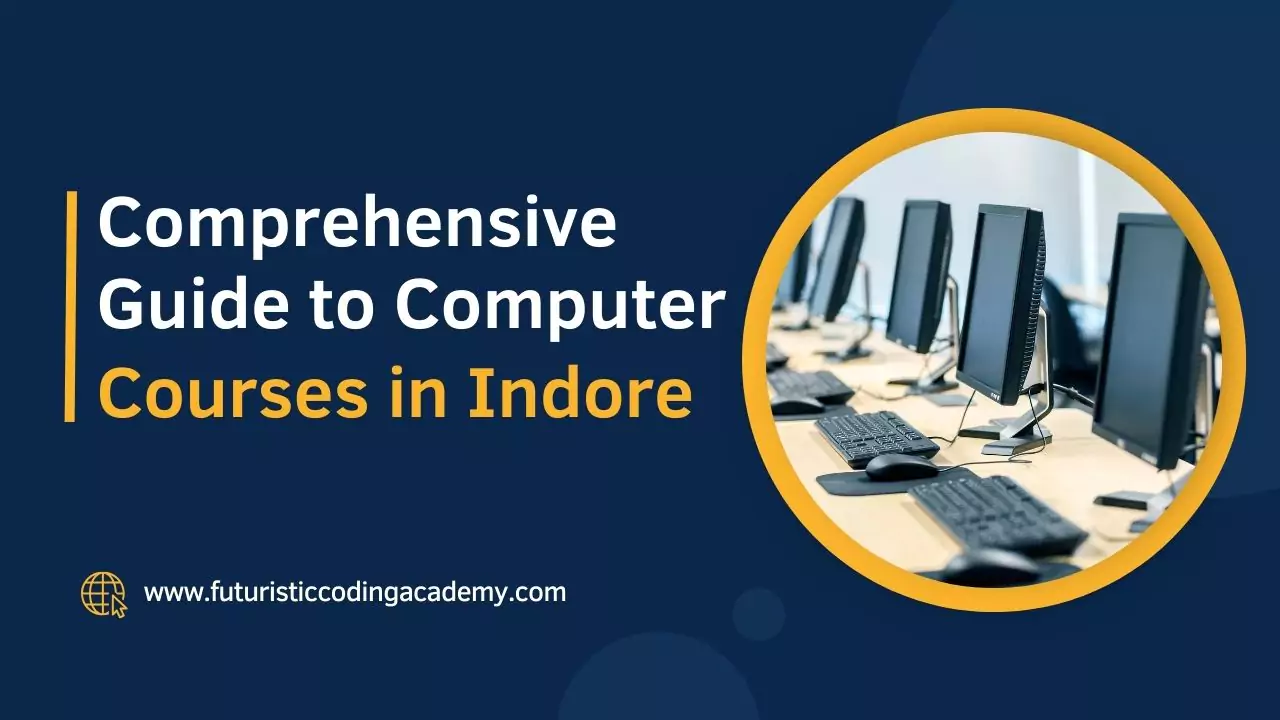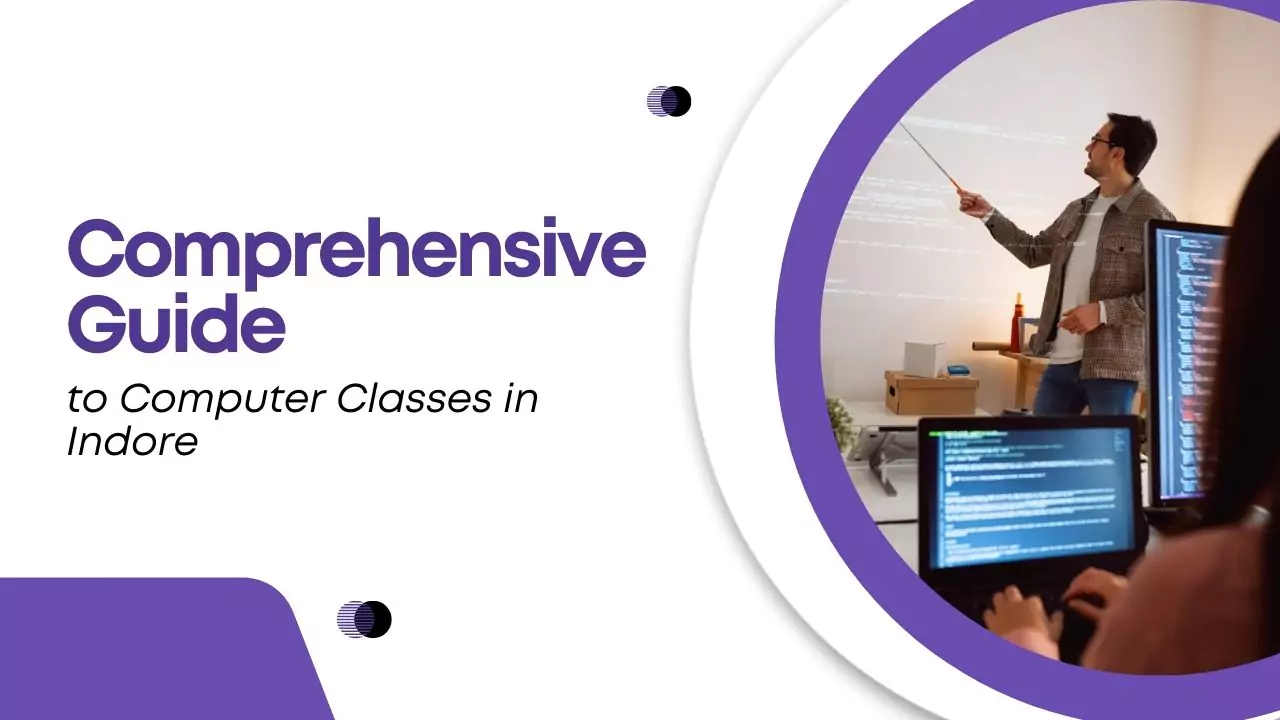Java Full Stack Development is one of the most in-demand skills in the software industry today. With the need for versatile developers who can handle both front-end and back-end development, companies are on the lookout for professionals who can manage every aspect of an application. In this guide, we’ll dive deep into what Java Full Stack is, the key skills you need to become a Java Full Stack Developer, and how you can embark on a successful career in this field.
What is a Java Full Stack Developer?
A Java Full Stack Developer is proficient in both front-end and back-end technologies, with a primary focus on Java. They work with various frameworks, databases, and web architecture to create holistic applications. From designing user interfaces to managing server-side logic and databases, Java Full Stack Developers possess a broad skill set that allows them to craft fully functional applications.

Key Skills Required for Java Full Stack Development
To become a successful Java Full Stack Developer, you need to master several crucial skills:
1. Core Java
Understanding Java syntax, object-oriented programming (OOP) concepts, and collections is fundamental. You’ll work with Java features like multithreading, exception handling, and streams to write efficient code.
2. Front-End Development
Proficiency in HTML, CSS, and JavaScript is essential for creating dynamic, user-friendly interfaces. Knowledge of popular frameworks like Angular and React will also help you build complex front-end applications that interact seamlessly with back-end systems
3. Back-End Development
A strong grasp of Java frameworks like Spring Boot and Hibernate is necessary for building and managing server-side logic. You’ll handle data processing, API integration, and business logic implementation in this layer.
4. Database Management
Java Full Stack Developers should know how to manage databases, including SQL and NoSQL options like MySQL and MongoDB. Understanding Java Database Connectivity (JDBC) and ORM frameworks like Hibernate is crucial for seamless database interactions.
5. Working with APIs
Developing and consuming APIs, particularly REST and SOAP, is an integral part of Java Full Stack Development. This ensures smooth data exchange between front-end and back-end components.
6. Version Control
Proficiency in using Git for version control helps manage changes in the codebase efficiently, especially when collaborating with other developers.
Popular Java Full Stack Frameworks and Tools
The following are key frameworks and tools used in Java Full Stack Development:
- Spring Boot: A framework that simplifies the development of Java applications by offering pre-configured components.
- Hibernate: An ORM tool for managing database interactions, making data processing simpler and more efficient.
- JSP (JavaServer Pages): Allows for creating dynamic web content with Java.
- JDBC (Java Database Connectivity): A standard Java API for connecting to relational databases.

Working with APIs in Java Full Stack
APIs (Application Programming Interfaces) are crucial for connecting the front end of an application with back-end services. Java Full Stack Developers often work with REST and SOAP APIs to facilitate seamless data exchange. Knowing how to develop and consume these APIs is essential for a fully functional application.
Why Learn Full Stack Java Development?
Learning Java Full Stack Development is not just about building applications; it’s about becoming a versatile developer capable of handling any challenge thrown your way. This expertise opens up diverse career paths and equips you with skills in demand across the tech industry.
Key Concepts in Java Full Stack Development
- Java Arrays and AtomicInteger Class: Java offers extensive support for handling arrays, data conversion, and the use of classes like
AtomicIntegerto manage atomic operations. - Java JDBC: JDBC is pivotal for database connectivity. Understanding how to use JDBC drivers, manage transactions, and handle batch processing is crucial for Java Full Stack Developers.
- Internationalization: Full Stack Developers often need to handle global content, and Java provides the necessary tools for internationalization through resource bundles.
Common Java Full Stack Operations
Stack Operations in Java: Java’s stack operations, such as push(), pop(), and peek(), allow developers to manage data efficiently. Knowing how to implement these operations can help build more complex data handling processes.
How to Become a Java Full Stack Developer
Becoming a Java Full Stack Developer involves mastering both front-end and back-end development. Here’s a roadmap to get you started:
- Learn Core Java: Start with Java basics, including OOP concepts, multithreading, and collections.
- Explore Front-End Technologies: Study HTML, CSS, JavaScript, and frameworks like Angular and React.
- Dive into Back-End Frameworks: Learn Spring Boot, Hibernate, and how to build REST APIs.
- Get Familiar with Databases: Understand how to use SQL and NoSQL databases, and how to connect them using JDBC.
- Work on Projects: Build full-fledged projects incorporating both front-end and back-end development to gain hands-on experience.
Career Path and Salary Expectations
After mastering Java Full Stack Development, various career paths open up, including Full Stack Developer, Java Developer, and Back-End Developer. In the USA, a Full Stack Developer’s average salary is around $120,000 per year

Conclusion
Java Full Stack Development is a versatile and in-demand skill set in today’s technology landscape. Whether you’re aiming to build dynamic web applications or advance your career in software development, mastering Java full stack is the way forward.
Ready to take the next step? Explore the Full Stack Java Development courses at Futuristic Coding Academy to start your journey towards becoming a proficient Java Full Stack Developer. Our curriculum covers everything from basic Java concepts to advanced frameworks and real-world projects to make you job-ready.
People Also Ask
1. What Does a Java Full Stack Developer Do?
A Java Full Stack Developer works on both the front-end and back-end of an application using Java technologies. They handle everything from creating user interfaces with HTML, CSS, and JavaScript to managing databases, APIs, and server-side logic using Java frameworks like Spring Boot and Hibernate.
2. What Skills Are Required for Java Full Stack Development?
Essential skills for Java Full Stack Developers include proficiency in Java programming, front-end development (HTML, CSS, JavaScript, React, Angular), back-end frameworks (Spring Boot, Hibernate), database management (SQL, MongoDB), and knowledge of RESTful APIs, version control (Git), and DevOps tools.
3. Why Should You Learn Java Full Stack Development?
Learning Java Full Stack Development is beneficial because it equips you with a versatile skill set in both front-end and back-end development. This makes you a valuable asset to companies looking for developers who can handle entire application lifecycles and adapt to various project requirements.
4. How Long Does It Take to Become a Java Full Stack Developer?
The time it takes to become a Java Full Stack Developer varies depending on your background. For beginners, it might take 6-12 months of dedicated learning to master both front-end and back-end technologies. For those with prior coding experience, it could take around 3-6 months with focused training and hands-on projects.
5. Is Java Full Stack in Demand in 2024?
Yes, Java Full Stack Development is in high demand in 2024 due to the versatility of full stack developers who can work on all aspects of web applications. With the growing need for scalable, dynamic web applications, Java Full Stack Developers are sought after by companies across various industries.






